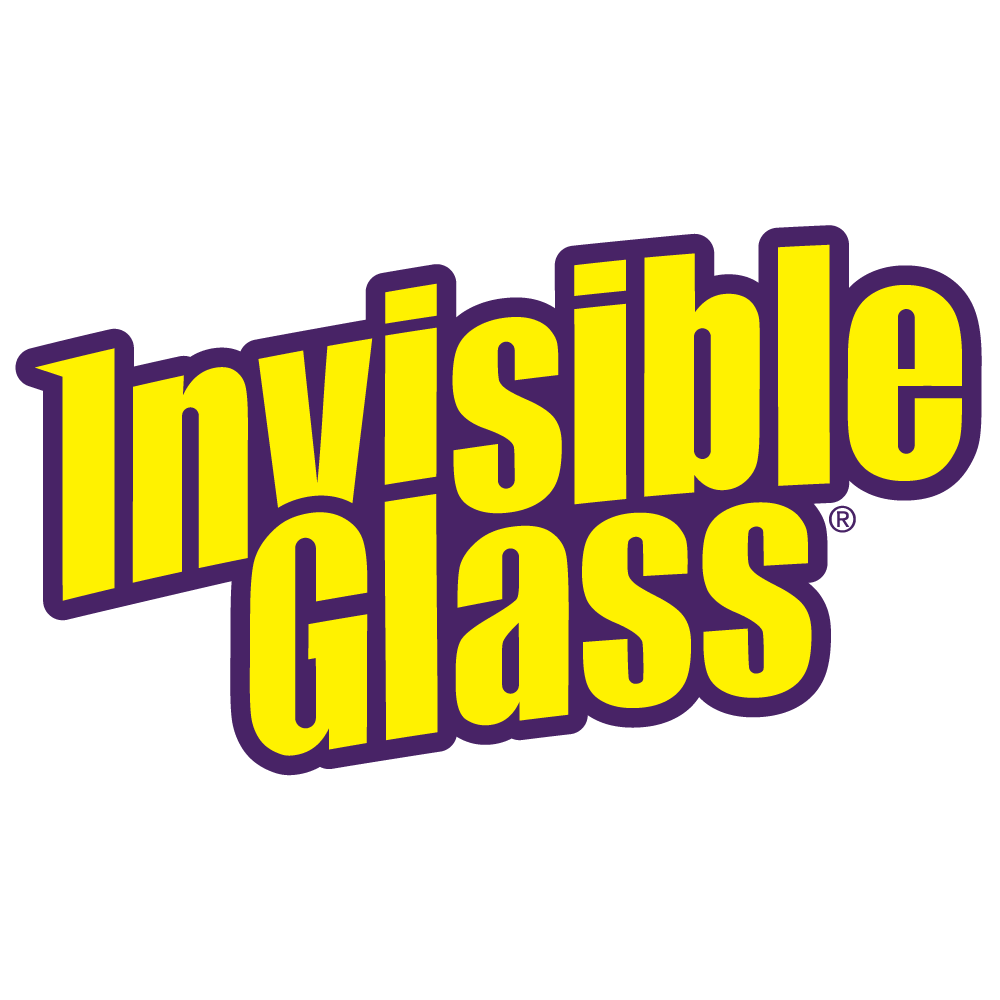
Hate streaky glass? Streaks are the bane of window and mirror cleaners everywhere but they can be banished if you know the secret. Follow our tried-and-true approach to eliminate streaks for good and get perfectly clean glass every time.
How to clean your glass and mirrors without streaks in five easy steps:
- Use a cleaning product without soaps, scents, or dyes
- Spot clean difficult stains first
- Use a thin microfiber cloth instead of newspaper or old rags
- Wipe top-to-bottom and side-to-side
- Repeat as needed
It is critical to use a glass cleaner without additives like soaps, scents, or dyes, as these unnecessary additives cause streaks.. Start by spot cleaning any particularly difficult stains and grime. Next moderately apply glass cleaner to the whole surface—avoid using too much cleaner as that can lead to hazing. Then use a clean, dry microfiber cloth to wipe in side-to-side motions. Repeat as necessary.
1. Avoid Soaps, Scents, and Dyes for a Streak-Free Clean
Using a glass cleaner without soaps, scents, or dyes delivers the best results because those additives actually leave behind the residues that cause streaks. While a brightly colored, lemon-scented cleaner might look nice and smell “fresh,” it deposits layers of grease, oil, or wax. Those contaminants quickly turn into streaks as you try to wipe them away.
Soaps, scents, and dyes can’t evaporate and they don’t simply wipe off. This means if you are using a glass cleaner that’s colored or scented, you’re trapped in an endless cleaning cycle to eliminate streaks.
There are many popular glass cleaners, from homemade vinegar mixes to the most technically impressive commercial solutions. Whichever you decide to use, make sure that it doesn’t contain unnecessary additives that could end up as streaks on your glass.
2. Never Scrub Your Glass—Instead, Spot Clean
Some hard-to-remove gunk might need extra attention when you clean your glass, so spot clean those dirtier areas before cleaning the whole window or mirror. When you spot clean, try to avoid pressing hard or scrubbing away at the surface of your glass. Scrubbing hard works great for something like a stainless steel pot, but will damage and scratch the surface of your glass, leaving it looking cloudy and unattractive.
Instead, apply glass cleaner to the areas in question and wipe them gently with a cloth. It’s more important to keep the glass safe than it is to get the spot off right away. Remember, you can always spot clean an area again, but damage to the surface of your glass can be permanent.
For especially difficult problems that a glass cleaner can’t eliminate, like scale deposits from hard water, use a commercial glass striper. These products are designed to easily overcome things like sap, tar, mineral build up, and baked-on grime while protecting the integrity and finish of your glass.
3. Always Use a Microfiber Cloth for Cleaning Glass
Using a microfiber cloth will ensure that your glass is clean, dry and lint-free. The small fibers in a microfiber cloth are designed to absorb or cling to anything they come into contact with. This means they will absorb the cleaning liquid you use, and also grab onto any dirt or grime from your glass. However, the way you wash your microfiber cloths is important—don’t use detergents with a fabric softener, as the softening agent stays on the cloth and can cause streaks on your glass. Provided they are clean, microfiber cloths are the best way to avoid thin films left over after you wipe down the surface of your glass or mirror.
Some people recommend using rags, or an old tee-shirt, but those materials were not designed for cleaning. They may work alright, but it’s unlikely that they can draw out residues and contaminants from a surface the same way that a microfiber cloth can. Paper towel is another popular option. While it may have been designed for cleaning, it doesn’t work well for windows because it leaves a significant amount of lint behind. Paper towels can also contain additives like glues, starches, and wetting agents that get left behind and create, you guessed it, more streaks!
We should note, a number of professionals swear by newspapers for glass cleaning. Although we recommend using microfiber cloths, you can get good results from using newspaper. Give both a try and decide for yourself!
4. Side-to-Side Cleaning Patterns Work Better Than Circular Motions
Side-to-side cleaning patterns are better for glass because they avoid the static electricity buildup circular motions can cause. Static electricity is undesirable because it attracts dust to your windows. The other benefit of side-to-side patterns is that they typically match the shape of a window or mirror better. This makes the cleaning process easier, and also makes it more likely that you are able to evenly cover the whole glass surface when you wipe it down.
5. A Repeatable Process is a Good Process
The steps we’ve outlined above ensure that your windows and mirrors will be clean and streak free. However, they’re not a magic pill. If you followed the steps and you are not happy with the results, there’s a good chance your glass was dirtier than it seemed at first. Try repeating the process once more. Your glass, mirrors, or windows should go from dirty to sparkly in no time.
It’s often tempting to rush the process or up the ante, but a more aggressive approach (like scrubbing) can damage your glass. Instead, remember that cleaning glass is simply a matter of using the right technique—repeating steps can be part of the process.
Streak-Free Glass is Easy
By avoiding cleaners with additives, spot cleaning difficult areas, and using the right cleaning tools and techniques, you can easily take your windows and mirrors from dirty to perfectly clean in a matter of minutes. Once you’ve eliminated oils, waxy residue, and other sources of streaks, your cleaning process will be much smoother. Microfiber cloths will soak up your cleaner of choice, pulling any gunk or residues with it, and they won’t leave any lint. Employing a side-to-side pattern reduces the chance of static and dust, and also makes it easy to get into the corners and clean along edges.
Using these tips, it should be a breeze to create a cleaning routine that you can repeat whenever you need to. You will find that it takes less effort to clean your glass, mirrors, and windows, and you’ll enjoy consistently better results.



